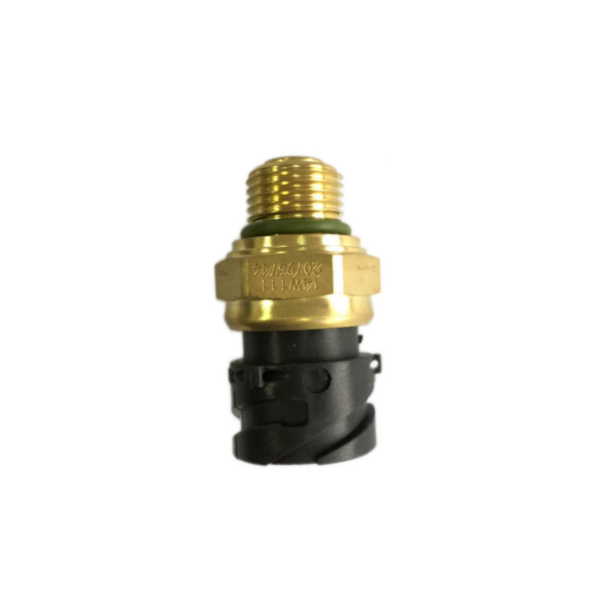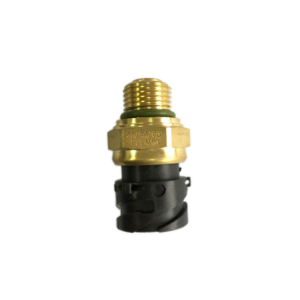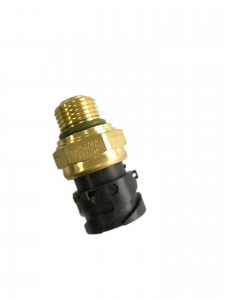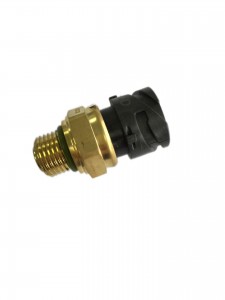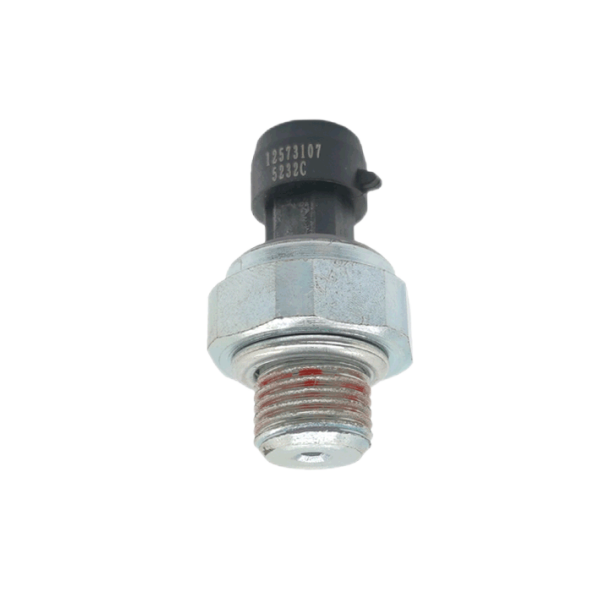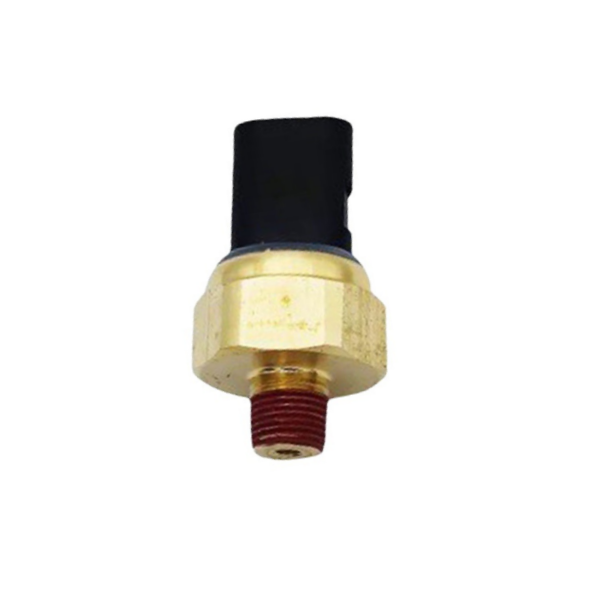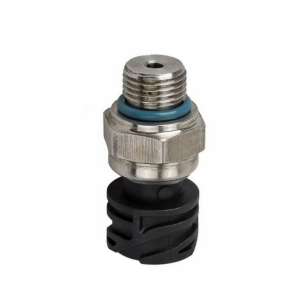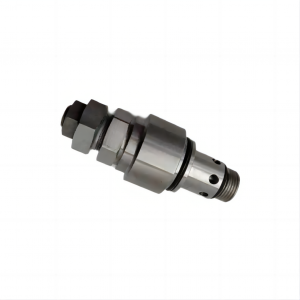Suitable for Volvo truck oil pressure sensor 20796744
Product introduction
With the development of electronic technology of automobile decoder, the engineering degree of automobile electronic interference has been continuously improved. The usual mechanical system has been difficult to solve some decoding problems related to automobile functional requirements, and it has been replaced by electronic control system. The function of the sensor is to quantitatively provide useful electrical output signals according to the specified measured size, that is, the sensor converts physical and chemical quantities such as light, time, electricity, temperature, pressure and gas into signals. As a key component of automobile electronic control system, sensor directly affects the technical performance of automobile. There are about 10-20 sensors in ordinary cars, and more in luxury cars. These sensors are mainly distributed in engine control system, chassis control system and body control system.
Sensor for chassis control
Sensors for chassis control refer to sensors distributed in transmission control system, suspension control system, power steering system and anti-lock braking system. They have different functions in different systems, but their working principles are the same as those in engines. There are mainly the following types of sensors:
1. Transmission control sensor: mostly used for the control of electronically controlled automatic transmission. According to the information obtained from the detection of speed sensor, acceleration sensor, engine load sensor, engine speed sensor, water temperature sensor and oil temperature sensor, it makes the electronic control device control the shift point and lock the hydraulic torque converter, so as to achieve maximum power and maximum fuel economy.
2. Suspension system control sensors: mainly include speed sensor, throttle opening sensor, acceleration sensor, body height sensor, steering wheel angle sensor, etc. According to the detected information, the height of the vehicle is automatically adjusted, and the change of vehicle posture is suppressed, so as to control the comfort, handling stability and driving stability of the vehicle.
3. Power steering system sensor: It makes the power steering electronic control system realize light steering operation, improve response characteristics, reduce engine loss, increase output power and save fuel according to the speed sensor, engine speed sensor and torque sensor.
4. Anti-lock braking sensor: It detects the wheel speed according to the wheel angular velocity sensor, and controls the braking oil pressure to improve the braking performance when the slip rate of each wheel is 20%, so as to ensure the maneuverability and stability of the vehicle.
Product picture

Company details







Company advantage
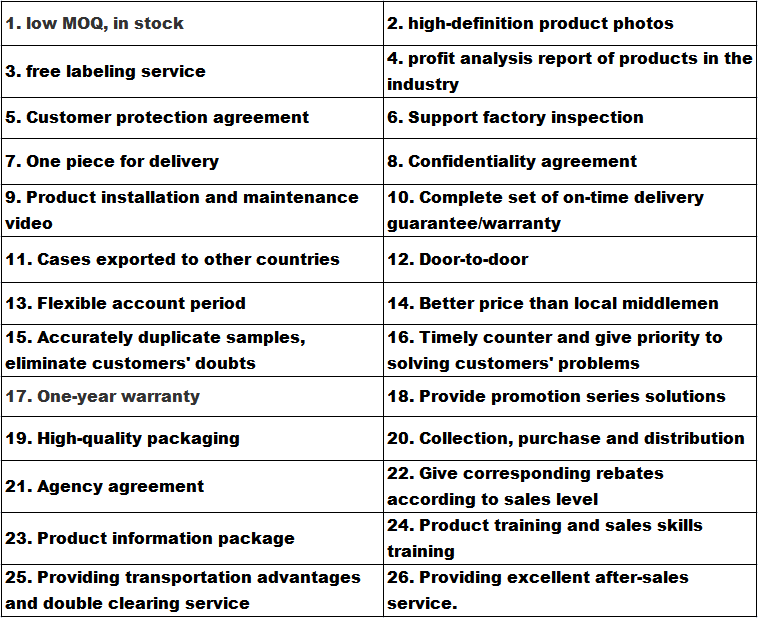
Transportation

FAQ


